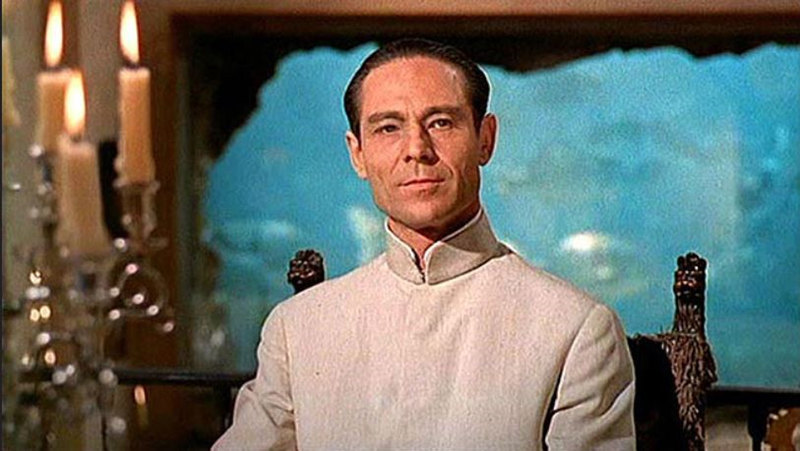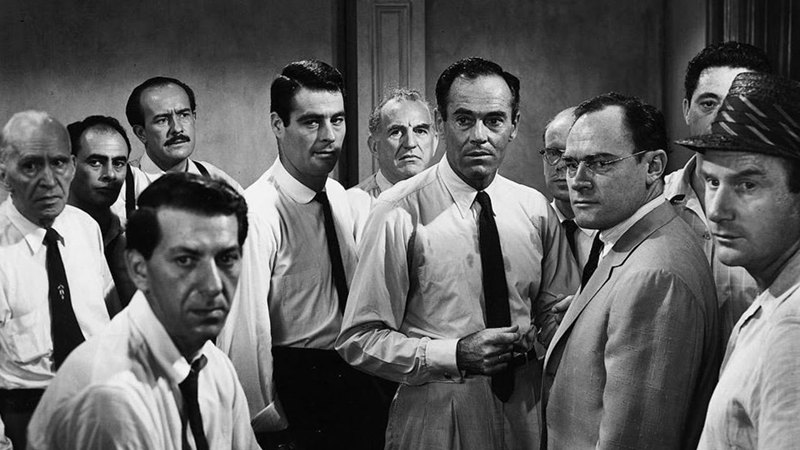Philip Kaufman, director of “The Unbearable Lightness of Being” and “The Right Stuff” helms his newest movie “Hemingway and Gellhorn”, a look into an exploratory time of Ernest Hemingway’s life involving war correspondent Martha Gellhorn. HBO’s made for TV movie shares a certain likeness to “Boardwalk Empire” as far as sets and digital manipulation go to recreate a specific time period. Although in the past Kaufman has written what he directs, this time the writing credits go to Jerry Stahl and Barbara Turner.
When the story begins, Ernest is in his second marriage when he meets Martha in a bar right after catching a monstrous fish in the tropics. They impress each other socially, him with his celebrity status and her with her looks. They indulge in a flirty yet innocently platonic relationship where they run into each other from time to time fighting for the same causes. They end up meeting in the Spanish war where their relationship moves to a physical level. Later they would marry and move to Cuba. That is the crux of the story which is narrated by a now older Gellhorn (Kidman in terrific makeup) during a matter of fact and unglamorous interview.
“Hemingway and Gellhorn” can be summed up in two words: Nice try. The idea is epic however the execution is less than stellar. The writing is rather poor which leads to characters talking to each other like written characters instead of real people. It is tough to bond with the leads even though their acting is rather good. Owen fills in nicely as Hemingway when drinking, swearing and playing Russian roulette. However, the film is more about Martha and her passion to be a war correspondent. Kidman, who is still easy on the eyes, is great as the independent and hard-nosed Gellhorn. Her narration scenes when she is older are fantastic with award worthy make-up and an aged rasp in her voice.
The acting alone cannot carry the flawed film. One of the main aspects of the production is the incorporation of the actors into real archival footage in hopes to make it look authentic. This happens many times throughout the film and when it does, the film becomes grainy black and white with specks and scratches all over the image. The filter looks genuine however the insertion of the actors into it does not. The composition of the camera shots used are too cinematic and too staged and the green screen is not perfect. I commend them for what they tried to do however they either needed a bigger budget or a better director to pull it off. Kaufman seems to excel (or wanst to excel) at extended nude scenes in his movies and this film has an odd one right in the middle. As a war is happening outside their hotel room, Hemingway and Gellhorn passionately twist and turn as debris and plaster falls around them. I’m sure it wasn’t intended to feel awkward but that is how it comes across. I will say that I did learn quite a bit about Hemingway though. He had quite an adventurous life outside of being a writer. Unfortunately, the grandiosity of the technical ideas do not transfer over into the final product.
Video:
HBO presents “Hemingway and Gellhorn” in a 1080P image using an AVC codec. There are a various array of purposeful technical shenanigans employed to tinker with the image. Starting with the “present” timeline of the elder Gellhorn, the image is pristine and highly detailed showing off the excellent makeup job on Kidman. The main timeline scenes are just as detailed and have nice pop. While there are some great colors throughout, there is a burnt hue color palette for a vintage look. The third aspect of the video presentation is the archival black and white footage shown and/or reproduced which is grainy and scratched. This is intended and looks as good as it can. All in all, the image is gorgeous and should look exactly as the director intended. The aspect ratio is 1.78:1
Audio:
HBO’s DTS-HD MA 5.1 track shines on its own merits. Dialogue is never a problem and the center channel is crystal clear in its delivery. The sides fill nicely with the main musical score. During the several battle scenes the rears are in full use. And lastly, bass has tremendous heft which felt early on and never lets up.
Extras:
The main extra is a Commentary with Director Philip Kaufman and Editor Walter Murch. This is a mostly technically driven piece in which Kaufman describes what’s happening on screen while delving into other tidbits about the production. Next is Behind the Visual Effects which goes into every step of the process involving the insert actors into the archival footage. Last is the Making of “Hemingway and Gellhorn” which entails the beginning of the idea and how it grew into production. With this comes interviews with Kidman and Owen.
Bottom Line:
Does “Hemingway and Gellhorn” work? It depends on what you’re hoping to get out of it. History enthusiasts may find a story about a particular celebrity in a particular place and time to be interesting enough. Special effects hounds may get a kick out of the tricks employed throughout the film. Those who nitpick about shallow dialogue and non-intricate plots may have a gripe. Whatever the reason is, historical accuracy seems to be there and it does entertain in its own little way. As usual, HBO’s audio/video presentation is pristine however the extras feel a bit lacking. My recommendation is to watch if you have any interest in the subject, others may want to pass.


